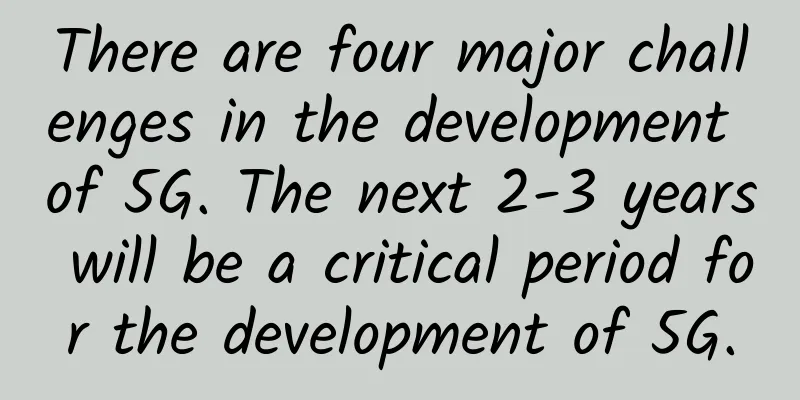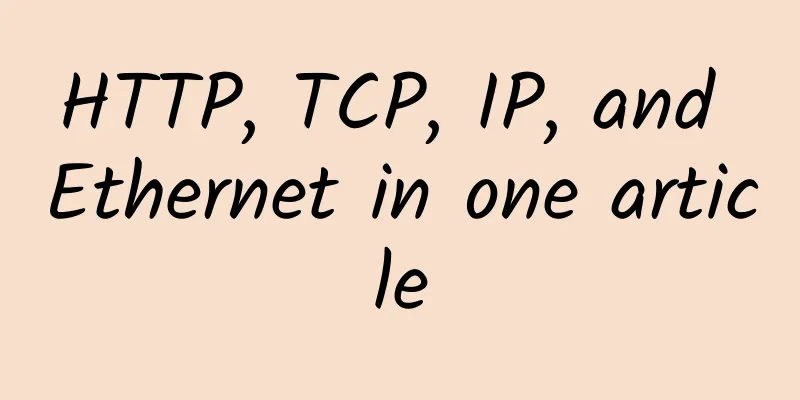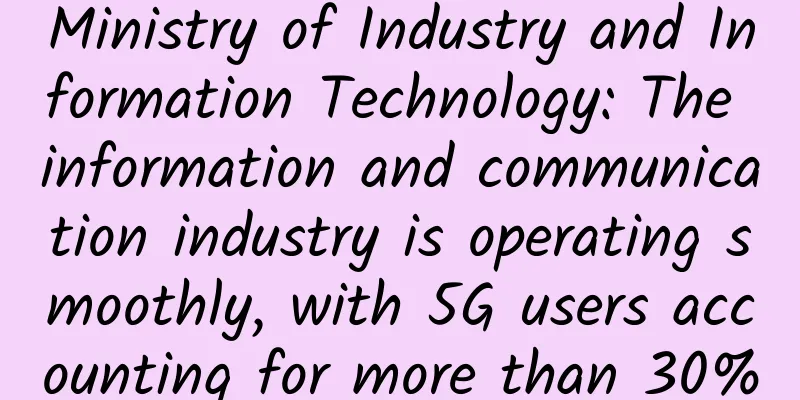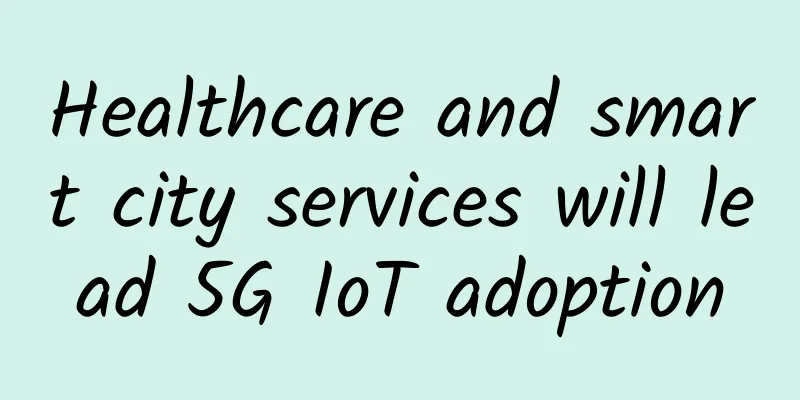Huawei's Wu Hui: Join hands with partners to be the "bridge builders" and "road builders" of the intelligent era
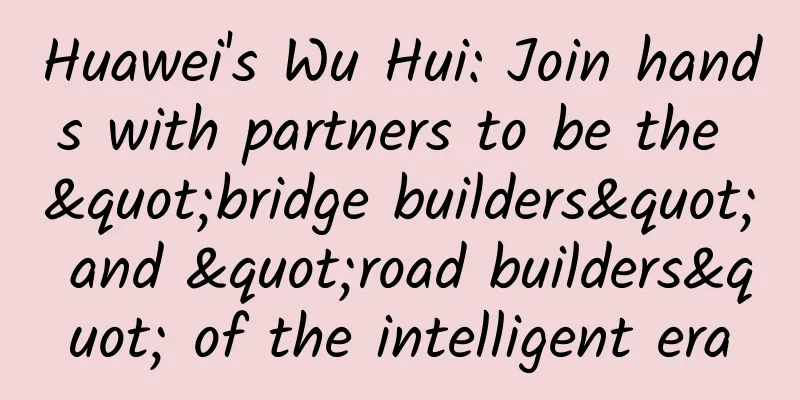
|
Every generation has its own mission of transformation. This generation of Huawei people was "fortunate" to be the first to arrive at the "deep waters" of digital transformation, but they did not choose to swim alone, but joined hands with the ecosystem to forge ahead and help customers get out of the deep waters of transformation. Because this generation of Huawei people is destined to "build bridges and pave roads", to build a bridge that can cross the "digital divide" and a road that can connect the digital "supply and demand relationship". "Small goals" and "big goals" "By 2025, Huawei's China government and enterprise business revenue target will reach 260 billion yuan." Wu Hui, the new president of China government and enterprise business, revealed the "small goals" for the next five years. He also revealed a "big goal": "Based on this, Huawei will create a trillion-level value space with its ecosystem partners." But the "small goals" and "big goals" come at the right time, because everything has just begun. In the next decade, carbon neutrality has been elevated to a national strategy, which will lead to a series of industrial upgrading revolutions; smart city construction will also extend to 690,000 digital villages; China's digital economy will account for more than 50% of GDP, and its size is expected to exceed one trillion yuan. This is the "golden decade" of the digital industry. Of course, the digital industry has developed rapidly, but it is not balanced. There is always a huge gap in the development of the digital economy between industries, between enterprises, and between regions. Behind this is the "digital divide": a gap caused by knowledge barriers and a gap caused by development gaps. The “supply and demand relationship” of digital characteristicsThat's why. From the demand side, digital transformation has huge market space for cities, towns, enterprises, and organizations. However, these spaces are hidden in tens of thousands of application scenarios and in the fields of hope. From the supply side, only by insisting on creating high-quality and competitive products and solutions can we better meet the multi-level needs of customers from multiple dimensions. In this regard, Huawei will build a bridge and a road with the framework of "2+4+1" to establish a "supply-demand relationship" with the characteristics of digital transformation. That is, 2 focuses (deepening the industry and increasing investment in cities and prefectures), 4 changes (providing 5 types of offerings; improving full-cycle service and support capabilities; improving the partner system; consolidating the talent base), and adhering to "1 tone" (the ecosystem must adhere to the tone of consensus, co-construction, win-win, and co-protection with partners). Two focuses are two bridge railsOver the past decade, Huawei's Chinese government business has opened up industries and even sub-industries, which is the basis for its annual marketing revenue of over US$10 billion and the "base camp" for its development in the next decade. However, after "opening up the industry", Huawei did not see the "Peach Blossom Spring", because every time it opens up an industry, Huawei will feel greater pressure and will see more hidden thousands of application scenarios in the depths of the industry. In other words, Huawei unpacked the digital transformation package, and 1,000 pieces of the puzzle were scattered out. From "opening up the industry" to "connecting scenarios" and "understanding the industry", this is what is usually called the "deep waters" of digital transformation. This is the "digital divide" that Huawei and its ecosystem partners want to cross together. Facing this pressure, at the beginning of 2021, Huawei added the definition and certification of integrated partners on the basis of the original diversified ecological partners such as sales, solutions, talents, investment and financing, services and operations, and upgraded the planning and consulting partner certification system. This is the first step in its in-depth and thorough industry development, that is, Huawei will first provide consulting and planning services to industry customers. Also in early 2021, Huawei updated its ISV partner system, granting identities based on industry scenarios and strengthening joint development capabilities. This is the second step in its efforts to go deeper and deeper into the industry, namely, incubating scenario-based solutions based on planned business scenarios. That’s not all. Driven by multiple factors such as smart cities, district and county governance, industrial transformation and upgrading, and digital transformation of enterprises, the prefecture-level city market has shown a huge space. For example, among the 15 newly selected "new first-tier" cities, Dongguan and Foshan are among them. As of 2020, Huawei has developed preferred channel partners (OCs) in 388 cities across the country. But Huawei believes that this is not enough. In the next five years, Huawei's regional marketing organizations will exceed 200, and the incentive fund for ecological partners in cities is expected to exceed 5 billion yuan. Four changes are four bridge piersThe above is Huawei's business strategy of "penetrating the industry" and "penetrating the region", which will also be the focus of Huawei's investment in the next five years or even the next ten years. More specifically, in the face of the rich but uncertain needs of digital transformation, Huawei will meet them with rich and certain five types of offerings, namely information enhancement, scenario digitization, business digitization, data assetization, and digital transformation. At the same time, digital transformation has only a starting point, not an end point. Huawei will work with its ecosystem partners to build delivery and operation capabilities. Taking Shenzhen Airport's digital transformation as an example, Huawei provided consulting and planning, solution creation, implementation and delivery, as well as continuous operation capabilities, fully demonstrating the comprehensive capabilities generated by ecosystem cooperation. But that's not all. Huawei also needs to work with its ecosystem partners to complete a "key transformation". Starting in 2021, Huawei will complete the transition from a transaction-based partner system to a capability-based partner system. Specifically, the following three aspects deserve attention: Of course, opening up the talent supply chain is the key to transforming to a capability-based ecosystem. In 2021, Huawei China Government Business officially established the Talent Development Department to ensure the supply of ICT talents from an organizational perspective, open up the "knowledge-skills-capacity" talent supply chain, and consolidate the talent foundation for digital transformation. In the next five years, Huawei will invest more than 1 billion yuan, cooperate with more than 1,000 universities, train 1 million ICT talents, and provide partners with more than 100,000 professional talents. The ecological tone will never changeThese are the four transformations and the four key capabilities for building an ecosystem. It can be understood that Huawei is completing an "effective and capable" ecosystem advancement. In other words, every application scenario innovation, every business area expansion, or every HCIE certification or L4 Advanced Solution Expert certification of an ecosystem partner will be regarded as a performance of "effective and capable". Of course, "a capability-based ecosystem is not built in one day, but Huawei's tone will never change. Huawei's core value of 'customer-centricity' will not change; its cooperative attitude of 'transparency, fairness and justice' will not change; and its tone of consensus, co-construction, win-win and co-protection with partners will not change." Wu Hui finally said: "Each generation has its own transformation mission. Huawei hopes to work with partners to be the 'bridge builders' and 'road builders' of the intelligent era, and work together to cross the new digital divide and move towards a fully connected intelligent world." |
>>: 5G will accelerate the development of smart grids by filling three major shortcomings
Recommend
Master port isolation technology to make the network more secure
Currently, Ethernet technology is widely used in ...
Bryan to launch fiber optic internet service
The city of Bryan, Texas, recently announced that...
The future of blockchain
The rise of the digital currency market represent...
The country's first Wi-Fi 6 subway is built! Tired of hearing about 5G? Let's learn about the 6th generation of WiFi!
Recently, Shenzhen Metro Futian Hub became the fi...
The IPv6 era is coming, and every grain of sand in the world can have an IP
When it comes to IPv6, I think most people think ...
The three major operators released their operating data for December
China Telecom's mobile user base increased by...
Viewpoint sharing: Why smart cities need powerful 5G networks?
While debate rages about when and how to restart ...
AI technology trends that matter to businesses
According to the 2020 McKinsey Global Artificial ...
GINERNET: €19.95/year - 1GB/10G NVMe/1TB/Spain VPS
Is there anyone who needs a Spanish VPS? GINERNET...
Four predictions for SD-WAN in 2018
2018 will be the year of WAN transformation, as r...
DigitalVM: 50% off on all VPS, 1-10Gbps unlimited traffic starting from $4/month in the US/Japan/Singapore
Digital-VM is a foreign VPS service provider esta...
Huawei wins "2018 GSMA Mobile Industry Outstanding Contribution Award"
At a special ceremony held last night, GSMA prese...
By 2026, the Wi-Fi 6 and 6E market in Asia Pacific will reach US$8.559 billion
On March 26, according to foreign media reports, ...
OneTechCloud adds 1Gbps high-bandwidth VPS in Hong Kong, 20% off monthly payment starting from NT$52
OneTechCloud has recently added Hong Kong Interna...
RAKsmart New Year Event: E3 servers starting at $30/month, 30% off on all VPS, popular VPS starting at $1.99/month
RAKsmart is a foreign hosting company operated by...

